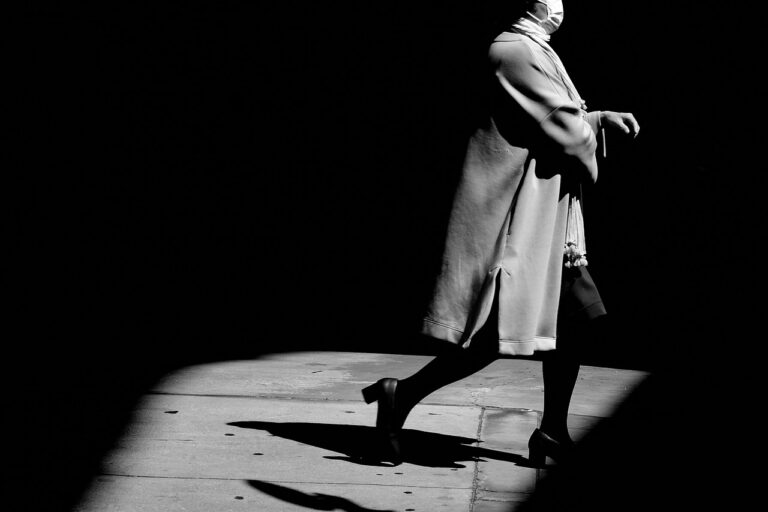Fashion and Technology: Virtual Fashion Design Tools
Fashion and technology have always been closely intertwined, with advancements in the tech industry shaping the way we design, produce, and consume fashion. One of the most exciting developments in this intersection is the rise of virtual fashion design tools. These innovative tools are revolutionizing the way designers create and showcase their designs, offering a new level of creativity and efficiency.
The Evolution of Virtual Fashion Design Tools
Virtual fashion design tools have come a long way since their inception. In the past, designers relied on traditional methods like sketching and physical prototypes to bring their ideas to life. While these methods are still valuable in the design process, virtual tools offer a new level of flexibility and efficiency.
One of the key benefits of virtual fashion design tools is the ability to create intricate 3D models of garments. Designers can manipulate these models in real-time, making adjustments to the fit, fabric, and overall look of the garment. This level of detail allows designers to visualize their designs in a way that was not possible before, helping them make informed decisions about the final product.
Benefits of Virtual Fashion Design Tools
There are several key benefits to using virtual fashion design tools in the creative process. One of the most significant advantages is the ability to save time and money. By creating virtual prototypes of garments, designers can reduce the need for physical samples, saving both time and resources.
Additionally, virtual fashion design tools allow designers to experiment with different materials and colors without the need for physical swatches. This level of flexibility enables designers to be more creative and innovative in their designs, pushing the boundaries of traditional fashion.
Popular Virtual Fashion Design Tools
There are several popular virtual fashion design tools available on the market today, each offering unique features and capabilities. Some of the most widely used tools include:
- CLO 3D: CLO 3D is a powerful 3D design software that allows designers to create realistic 3D models of garments. The software also includes features for pattern-making and virtual draping, making it a comprehensive tool for fashion designers.
- Browzwear: Browzwear is another popular virtual fashion design tool that offers realistic 3D simulations of garments. The software is known for its accurate fabric simulations and easy-to-use interface.
- Marvelous Designer: Marvelous Designer is a 3D design software that specializes in creating dynamic clothing simulations. The software is popular among designers for its realistic draping and animation capabilities.
Challenges of Virtual Fashion Design Tools
While virtual fashion design tools offer many benefits, there are also some challenges to consider. One of the main challenges is the learning curve associated with using these tools. Designers may need to undergo training to become proficient in using the software, which can be time-consuming.
Additionally, virtual fashion design tools require a certain level of technical expertise, which may be a barrier for some designers. However, as technology continues to advance, these tools are becoming more user-friendly and accessible to a wider range of designers.
Future of Virtual Fashion Design Tools
The future of virtual fashion design tools is bright, with continued advancements in technology leading to even more innovative solutions for designers. As virtual reality and augmented reality technologies become more mainstream, we can expect to see even more immersive and interactive design tools for the fashion industry.
Ultimately, virtual fashion design tools have the potential to revolutionize the way we create and consume fashion. By embracing these innovative technologies, designers can push the boundaries of creativity and bring their ideas to life in exciting new ways.
FAQs
How do virtual fashion design tools work?
Virtual fashion design tools use 3D modeling software to create realistic simulations of garments. Designers can manipulate these models in real-time, making adjustments to the fit, fabric, and overall look of the garment.
What are the benefits of using virtual fashion design tools?
Virtual fashion design tools offer several key benefits, including saving time and money, enabling designers to experiment with different materials and colors, and pushing the boundaries of creativity in fashion design.
What are some popular virtual fashion design tools?
Some popular virtual fashion design tools include CLO 3D, Browzwear, and Marvelous Designer. These tools offer unique features and capabilities for designers to create realistic 3D simulations of garments.
What are some challenges of using virtual fashion design tools?
Some challenges of using virtual fashion design tools include the learning curve associated with using the software, the need for technical expertise, and the time-consuming nature of training to become proficient in using these tools.
Overall, virtual fashion design tools are shaping the future of the fashion industry, offering designers new levels of creativity and innovation in the design process. As technology continues to evolve, we can expect to see even more exciting developments in this space.







